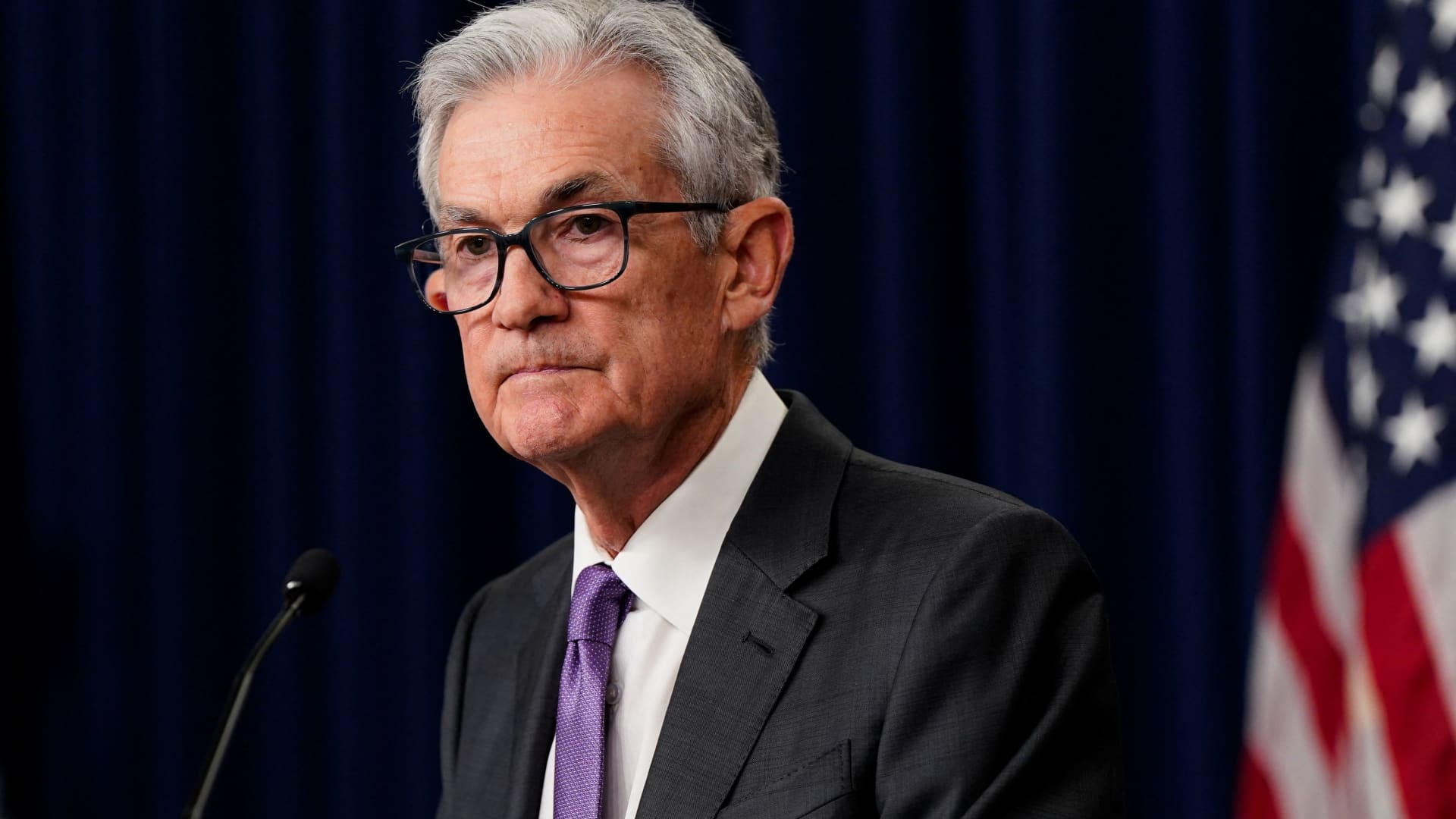
The Federal Reserve is in no rush to lower its benchmark rate. Earlier expectations that the central bank was planning multiple cuts before the end of the year seem less likely, as inflation is staying stubbornly higher and experts say it's keeping them on hold. The Fed has not cut rates since 2019, but some analysts predict a move in coming months to combat slowing economic growth.
